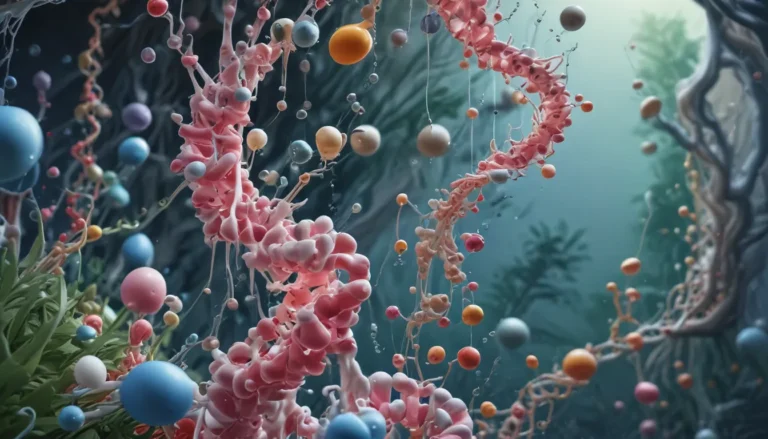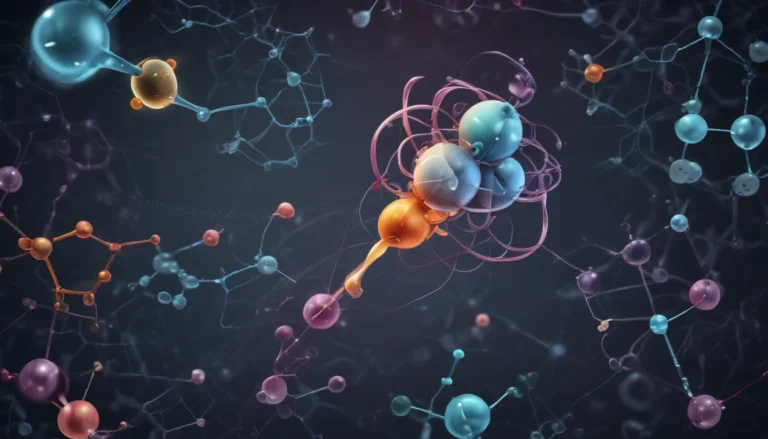A Note About Images: The images used in our articles are for illustration purposes only and may not exactly match the content. They are meant to engage readers, but the text should be relied upon for accurate information.
Chemistry enthusiasts and curious minds alike will be thrilled to uncover the marvels of Arrhenius acid in this educational journey. Named after the esteemed Swedish chemist Svante Arrhenius, Arrhenius acid is a cornerstone concept in the realm of chemistry. As acids play a pivotal role in various chemical reactions and impact our daily lives in profound ways, understanding the nuances of Arrhenius acid is key to grasping the intricacies of this fascinating field.
Key Insights into Arrhenius Acid
Unveil the captivating realm of Arrhenius acid through these enlightening key takeaways:
- Arrhenius Acid donates protons in water, a common feature in fruits and stomach acid, and serves as a linchpin in industries like pharmaceuticals and food processing.
- It can exist in strong or weak forms, induces color changes in indicators, and is instrumental in comprehending pH and reaction rates in chemistry.
Delving into Arrhenius Acid Definition and Properties
At the heart of Arrhenius acid lies its distinctive quality of donating protons (H+) in aqueous solutions. When dissolved in water, Arrhenius acid releases hydrogen ions, leading to a decrease in pH levels. Furthermore, Arrhenius acid showcases properties such as a sour taste and reactivity with metals, bases, and carbonates, giving rise to salts and other compounds.
A Glimpse into the World of Arrhenius Acid Examples
Embark on a whimsical exploration of Arrhenius acid as it manifests in everyday substances. From the tang of citric acid in citrus fruits to the acidity of vinegar and even the presence of hydrochloric acid in our stomachs, Arrhenius acid permeates various facets of our lives.
The Role of Arrhenius Acid in Chemical Reactions and Industries
Witness the indispensable role that Arrhenius acid plays in catalyzing chemical reactions across sectors such as pharmaceuticals, food processing, and manufacturing. With its ability to drive reactions forward, Arrhenius acid stands as a cornerstone in the industrial landscape.
Classifying Arrhenius Acid Variants and Historical Significance
Explore the categorization of Arrhenius acid into strong acids, weak acids, and superacids based on their dissociation constants. Moreover, delve into the historical roots of Arrhenius acid as introduced by the visionary Svante Arrhenius in the late 19th century, revolutionizing the understanding of acids.
Safety Measures and Color Indicators in Arrhenius Acid
Navigate the terrain of safety precautions when handling concentrated Arrhenius acids to prevent skin and eye irritation. Witness the transformative effects of Arrhenius acid on color indicators, showcasing distinctive changes upon interaction.
The Marvel of Neutralization and Strength Determination in Arrhenius Acid
Marvel at the process of neutralization as Arrhenius acid reacts with bases to form salts and water, highlighting the equilibrium between acidic and basic properties. Witness how the strength of Arrhenius acid hinges on its proton donation tendency and equilibrium constant.
Unveiling the Vital Role of Arrhenius Acid in pH and Reaction Rates
Unlock the pivotal role of Arrhenius acid in orchestrating pH levels and maintaining the delicate balance of acid-base interactions. Embrace the essence of Arrhenius acid in the Arrhenius Equation, a crucial component in relating reaction rates to temperature.
Conclusion: The Legacy of Arrhenius Acid
As we conclude this enchanting journey through the realm of Arrhenius acid, we unveil its profound significance in chemistry and industrial applications. From its foundational role in chemical reactions to its widespread utilization, Arrhenius acid stands as a beacon of scientific exploration and innovation.
FAQs: Unveiling the Enigmatic Essence of Arrhenius Acid
-
What defines Arrhenius acids?
Arrhenius acids are substances that liberate hydrogen ions (H+) when dissolved in water, propelling pivotal chemical reactions. -
How do Arrhenius acids behave in aqueous solutions?
Arrhenius acids portray a propensity to donate hydrogen ions (H+) in water, fostering dynamic interactions with their surroundings. -
Can you exemplify Arrhenius acids in action?
Examples of Arrhenius acids encompass hydrochloric acid (HCl), sulfuric acid (H2SO4), and acetic acid (CH3COOH), showcasing their diverse applications. -
How do Arrhenius acids differ from alternative acidic categories?
Arrhenius acids specifically denote substances that engender hydrogen ions (H+) in water, distinguishing them from contrasting acid classifications like Lewis or Brønsted-Lowry acids. -
What practical domains do Arrhenius acids influence?
Arrhenius acids play pivotal roles across industries encompassing chemical manufacturing, pharmaceuticals, and environmental analyses, underscoring their versatile applications. -
Are Arrhenius acids consistently corrosive?
While select Arrhenius acids may pose corrosive risks, not all exhibit this trait, with the degree of acidity contingent upon the specific acid and its concentration. -
Do Arrhenius acids manifest naturally?
Indeed, numerous Arrhenius acids occur naturally in diverse substances such as citrus fruits, vinegar, and even within the confines of our digestive systems. -
How did Svante Arrhenius transform our comprehension of Arrhenius acids?
Svante Arrhenius’ groundbreaking acid dissociation theory elevated our understanding of Arrhenius acids, ushering in a new era of chemical elucidation. -
Are there limitations to the concept of Arrhenius acids?
While widely accepted, the concept of Arrhenius acids harbors limitations, failing to encompass acids that diverge from the hydrogen ion (H+) production norm, like Lewis or Brønsted-Lowry acids. -
Can Arrhenius acids undergo neutralization?
Arrhenius acids lend themselves to neutralization through interactions with bases, culminating in water and salt formation, elucidating the delicate equilibrium between acidic and basic entities. -
Are all prevalent acids classified as Arrhenius acids?
Contrary to popular belief, not all common acids align with the Arrhenius acid classification, with instances like carbonic acid (H2CO3) standing apart due to incomplete dissociation in water. -
Can Arrhenius acids exist beyond aqueous solutions?
Indeed, Arrhenius acids can manifest in diverse forms beyond aqueous environments, comprising gaseous states like hydrochloric acid gas (HCl) and solid manifestations such as citric acid crystals.
Dive deeper into the captivating realm of Arrhenius acid and immerse yourself in the wonders of chemistry’s intricate tapestry. Explore the mysteries of physical chemistry and the transformative power of proton donors in chemical reactions. With a plethora of enthralling chemistry facts at your fingertips, embark on an odyssey through the vibrant world of science that promises enlightenment and awe-inspiring discoveries.
Are You Ready to Embrace the Enchantment of Arrhenius Acid?
Our dedication to delivering reliable and compelling content underscores our commitment to enriching your learning journey. Each fact presented is a product of real user contributions, ensuring a diverse array of insights and knowledge. Trust in our unwavering pursuit of accuracy and authenticity as you delve into the captivating world of chemistry and science.






